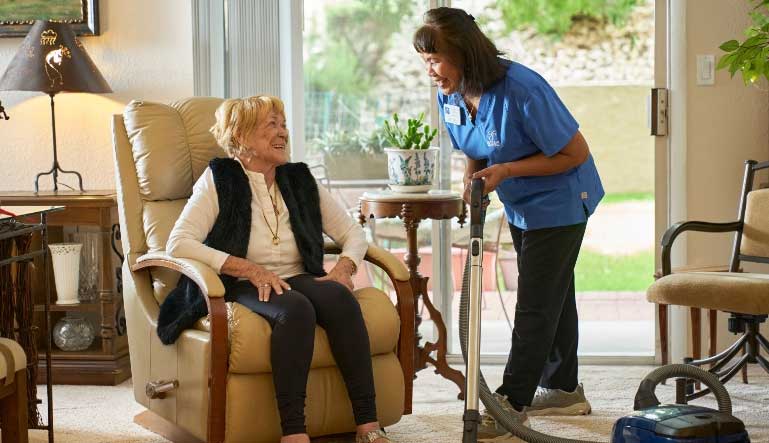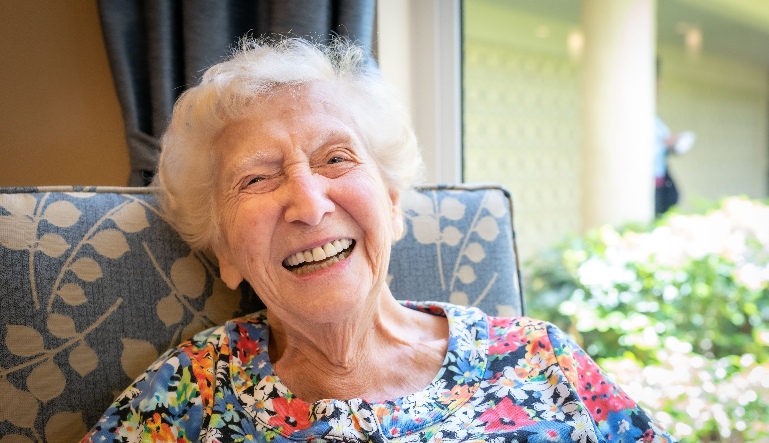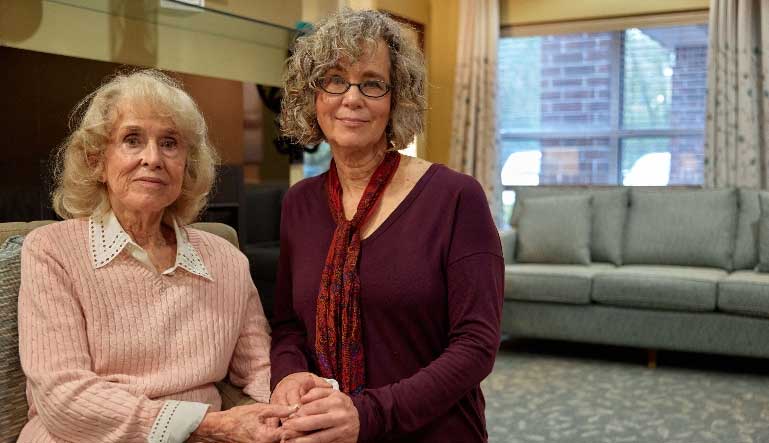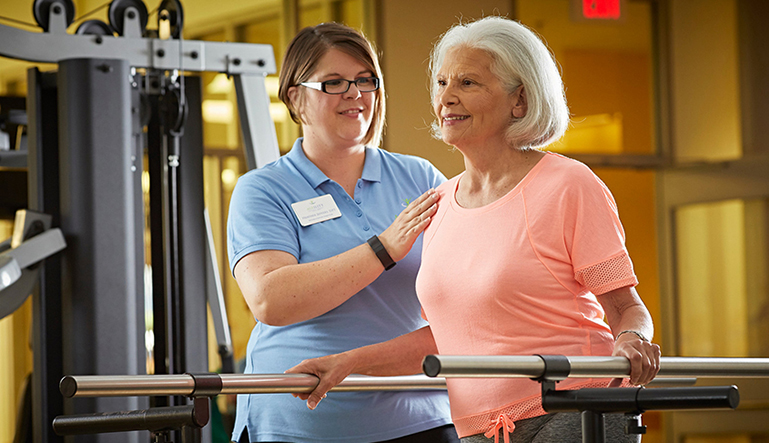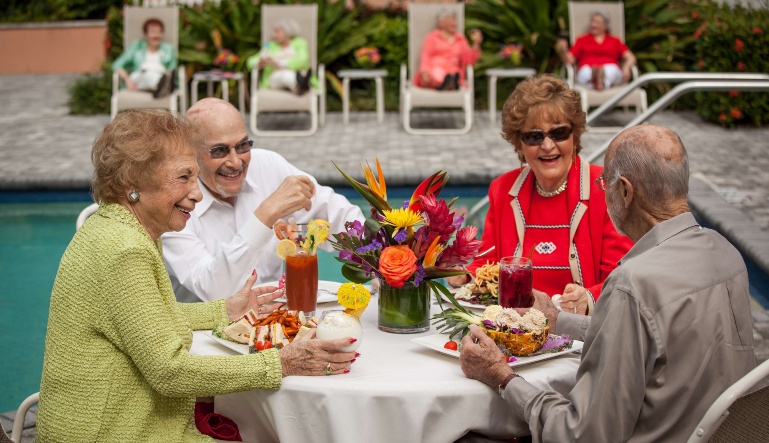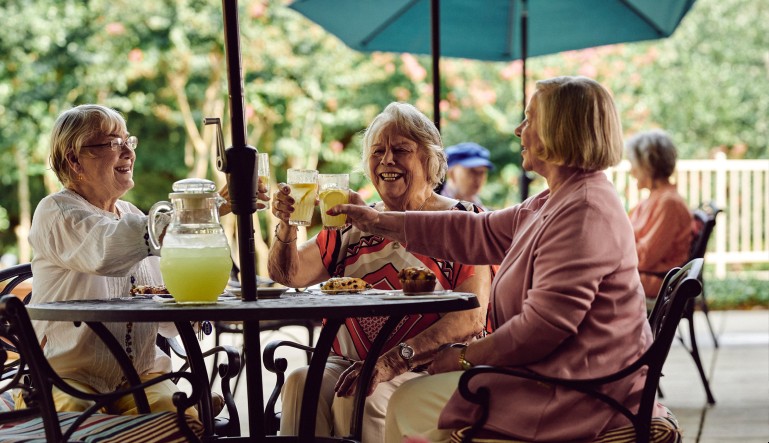Some things never change as we get older. Take dating, for instance. Whether it was asking your crush to the homecoming dance in high school or inviting a new neighbor to dinner as an older adult, igniting that romantic spark is intimidating, no matter your age. It can also feel later in life like dating is a young person’s game and you’re past the point of starting a new relationship.
The truth is romance doesn’t have an age limit. Just ask these four couples who met as seniors—Henry and Joyce, Mary and Dick, Mary and Tom, and Jodi and Myrna—who found joy, love and a new beginning with their partners. There’s no better time than the present to tell that special someone in your life how much they mean to you, and maybe start a new romantic adventure of your own. That’s why we asked our featured senior couples for their best senior dating advice. Here you’ll find their four top senior dating tips to remember that can help you take that first step and build a loving bond that endures.
Senior Dating Tip #1: Join in activities
Few things are as key to forming a romantic connection as being in the right place, at the right time. Take it from Henry, 86, and Joyce, 85, residents of The Forum at the Woodlands, who met on the bus on the way to go walking at the mall. The pair struck up a conversation that quickly evolved into sitting together at Woodlands concerts, dancing together every Friday and eventually moving in together. The most important thing, they said, was putting themselves out there and participating in the many activities available to them.
“It’s much easier than dating as a young person because we had activities that brought us together; we didn’t have to create something,” says Joyce. “The best thing to do is to get involved, go to the socials and be open to meeting other people.”
Senior Dating Tip #2: Open your heart to something new
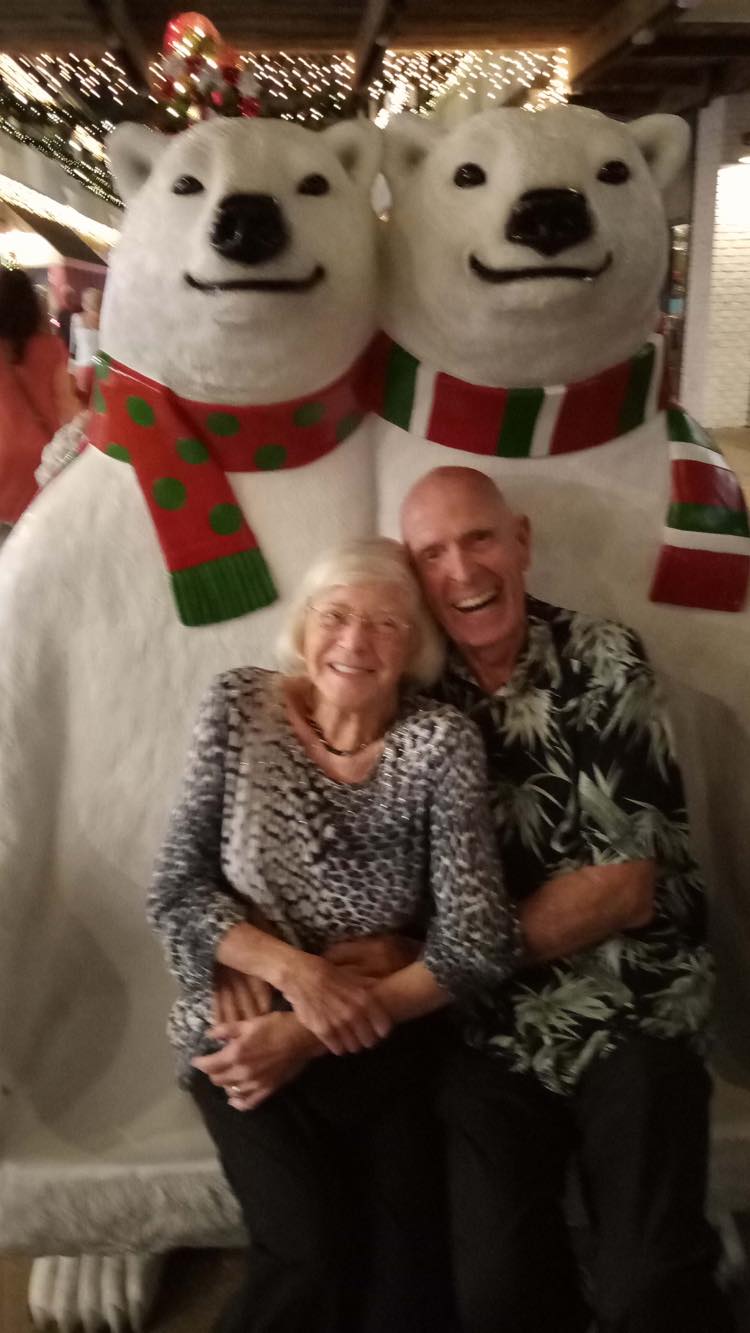
“Most everyone has lost someone,” says Mary Lee. “You can’t try to replace somebody; you just look for someone you fall in love with. You’ll find somebody but not necessarily like someone you had.”
Senior Dating Tip #3: Maintain independence
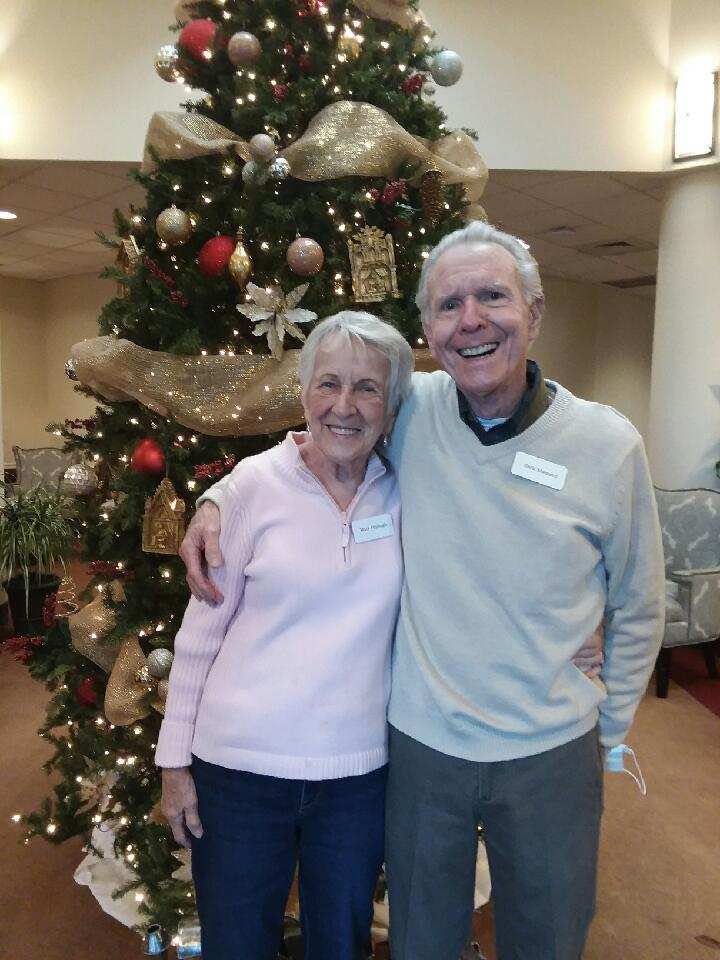
“It’s nice that we have our own villa so we can spend some time away to take care of personal tasks,” says Dick. “I’m the king of my castle and she’s the queen of her castle!”
Senior Dating Tip #4: Take a risk and enjoy every moment
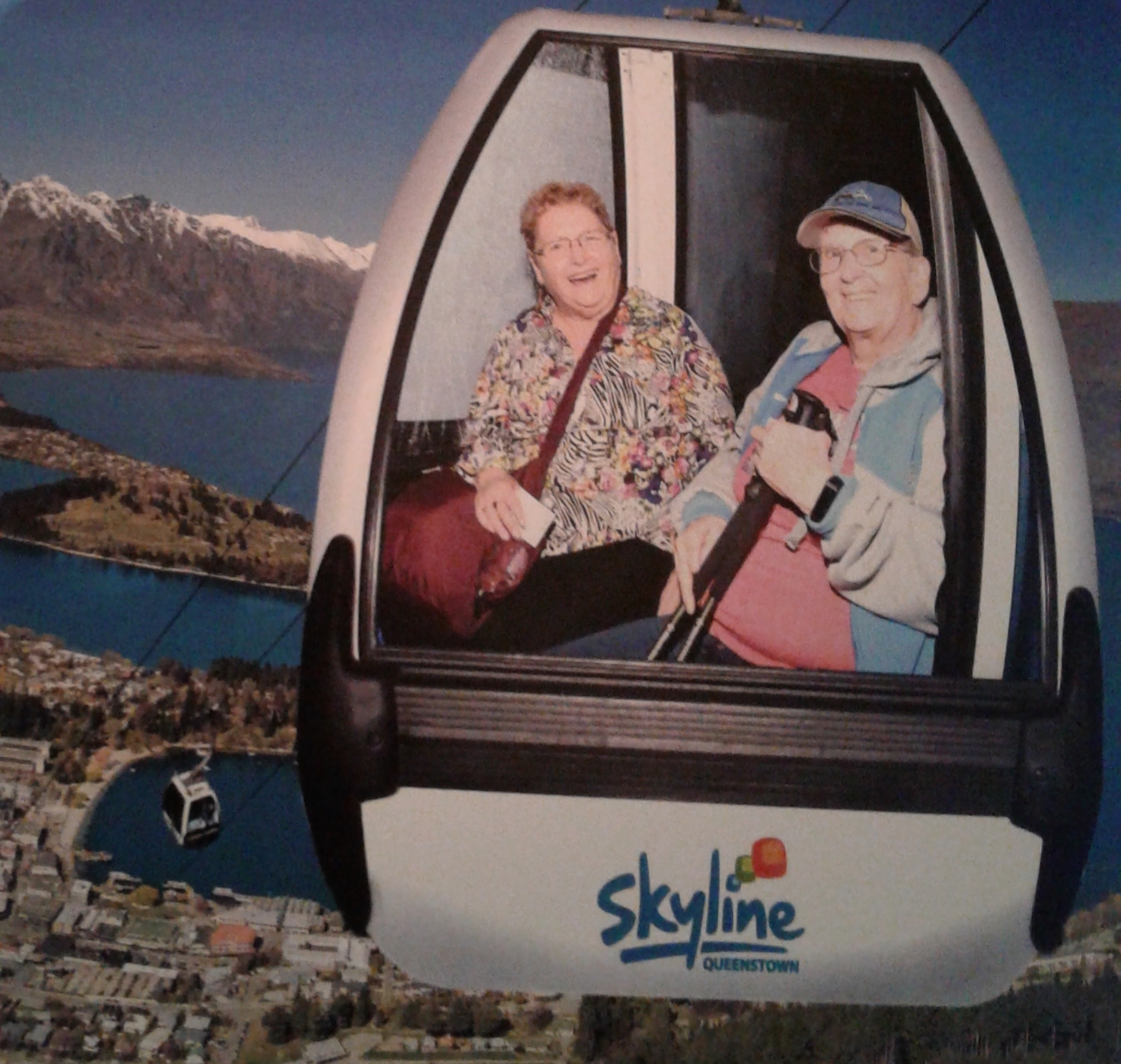
“As seniors, we don’t know how much time we have left,” says Jodi. “Don’t waste it being unhappy not having someone in your life. We all need human companionship. If there is someone in your life you think would make a great companion, go for it!”
Finding community and companionship at Five Star
There’s certainly no shortage of stories of new couples and friends that met in a Five Star Senior Living community. Every day at one of our communities across the U.S. brings more opportunities for connection from fun and diverse activities to a stress-free, independent lifestyle that allows more time for the things—and people—that matter most. Take it from Henry and Joyce: “Life isn’t over after 90, you can live and love.” Contact one of our senior living experts or find a Five Star community near you to learn more and start your next chapter of life—and possibly love—with us.


